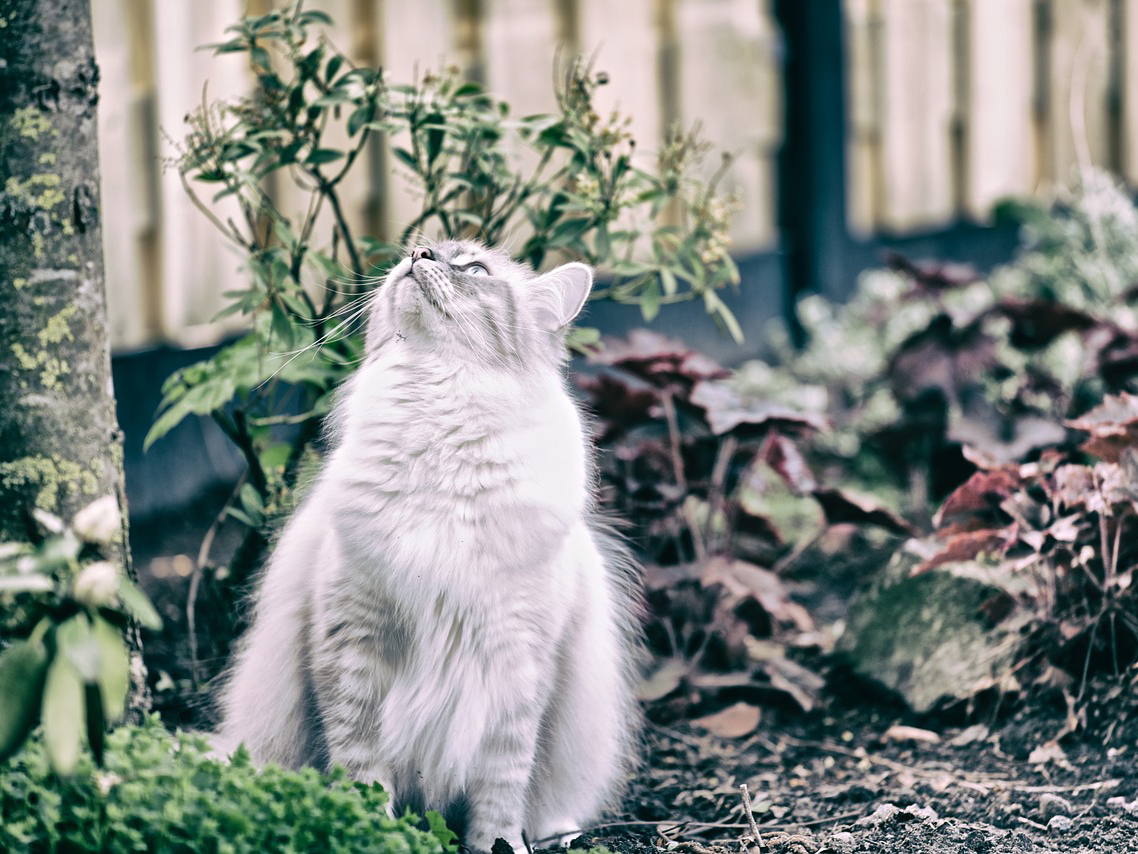Prevention is Key: What To Know About FeLV
Cancer prevention is often framed through healthy lifestyle choices and frequent screenings. However, in special cases where the disease can be caused by a virus, scientists have developed vaccines that can be instrumental to reducing cancer risk, as in the case of feline lymphoma.
 Dr. Lori Teller, an associate professor in the Texas A&M College of Veterinary Medicine & Biomedical Sciences, says that lymphoma is the most common cancer in domestic cats and that, prior to the development of a vaccine, feline leukemia virus (FeLV) was recognized as the most common cause of feline lymphoma.
Dr. Lori Teller, an associate professor in the Texas A&M College of Veterinary Medicine & Biomedical Sciences, says that lymphoma is the most common cancer in domestic cats and that, prior to the development of a vaccine, feline leukemia virus (FeLV) was recognized as the most common cause of feline lymphoma.
“Before there was a vaccine, it was believed that FeLV was responsible for 70% of lymphoma cases in cats,” Teller said. “Current estimates are that 10 to 20% of infected cats will develop lymphoma or related cancers.”
In addition to causing cancer, FeLV may also cause various blood disorders and may weaken the cat’s immune system, opening it up to secondary infections that the immune system of a healthy cat would normally be able to fight.
“FeLV can cause a 60-fold increase in the risk of lymphoma,” Teller said. “The development of cancer secondary to FeLV is complicated. Much has to do with the interaction of the virus with the cat’s immune system”
Teller says that cats with FeLV may show symptoms such as loss of appetite, weight loss, poor coat condition, fever, pale gums, gingivitis, diarrhea, and more. If an owner suspects their cat is suffering from FeLV, they should immediately consult a veterinarian, who will confirm a diagnosis with a blood test.
If a cat is positive for FeLV, they should be kept indoors to avoid contracting a secondary infection or any injury their weakened system will be unable to heal at the rate of a healthy cat. This will also help them limit spread to other cats, who can be infected by bite wounds, mutual grooming, or sharing food, water, and litter containers.
“There is no definitive treatment for FeLV infections,” Teller said. “The ones that exist are iffy at best, are expensive, and may have significant side-effects. The best thing is prevention.”
Teller says that all cats who spend time outdoors, even indoors-only cats who occasionally escape, should be vaccinated against FeLV. When adopting a new feline friend, owners should also test their new pet for FeLV before introducing them to their full fur family.
Although management of FeLV is difficult, recent vaccination campaigns have been very effective at reducing the incidence of FeLV. Teller says these efforts have reduced the rate of FeLV-associated lymphomas by more than 50%.
“With the institution of widespread testing and vaccination, the prevalence of FeLV in the U.S. has dropped to about 2% in healthy cats and 30% in high-risk or sick cats,” she said. “High-risk cats are those who spend time outdoors (even in their own yards), live in multi-cat households, or may be ill with another disease, such as FIV, chronic herpesvirus, or anything that can suppress the immune system.”
The concept of a vaccine protecting against cancer may be unfamiliar to many, but in the case of FeLV, it is an instrumental tool in preventing FeLV-associated feline lymphomas and immune suppression. It is an easy and effective preventative treatment that reduces your pet’s risk of contracting a preventable disease.
Pet Talk is a service of the College of Veterinary Medicine & Biomedical Sciences, Texas A&M University. Stories can be viewed on the web at vetmed.tamu.edu/news/pet-talk. Suggestions for future topics may be directed to editor@cvm.tamu.edu.


